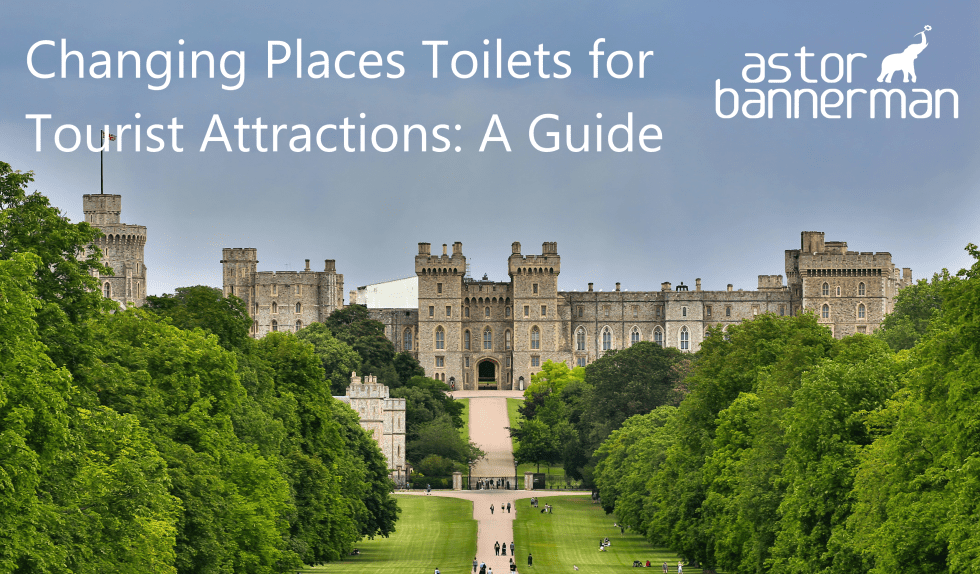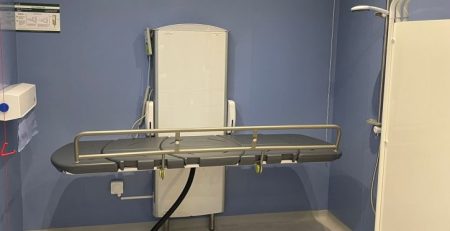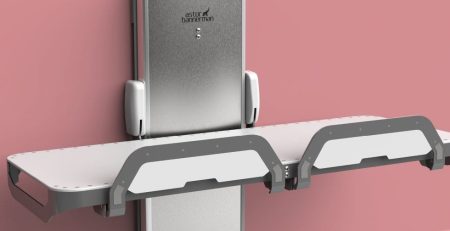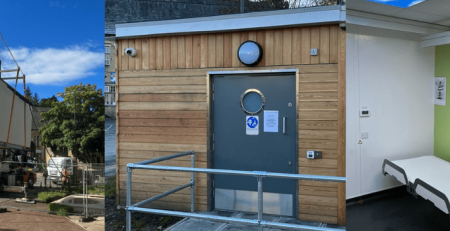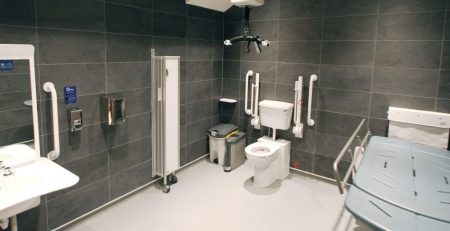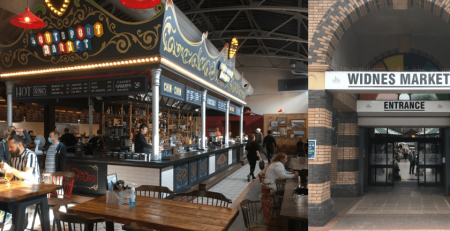Changing Places Toilets for Tourist Attractions: A Guide
According to Visit England, the total expenditure generated by those with a disability or those travelling within a group where a member has a disability is estimated to be £15.3bn. Research also shows that disabled people and their families potentially stay longer in a location, and spend more.
Providing a Changing Places Toilet not only allows disabled people and their families to enjoy the services available but also offers a new or enhanced stream of revenue to Theme Parks and Attractions.
Key Considerations
1. LEGISLATIVE REQUIREMENTS
Under the Government’s Changing Places Toilet legislation, which came into force in January 2021, shopping centres and retail parks may have to install a Changing Places Toilet if it is a new build or undergoing a major refurbishment.
This will apply to single buildings with a capacity for 350 or more people; or a collection of smaller buildings with a capacity of 2000 people or more.
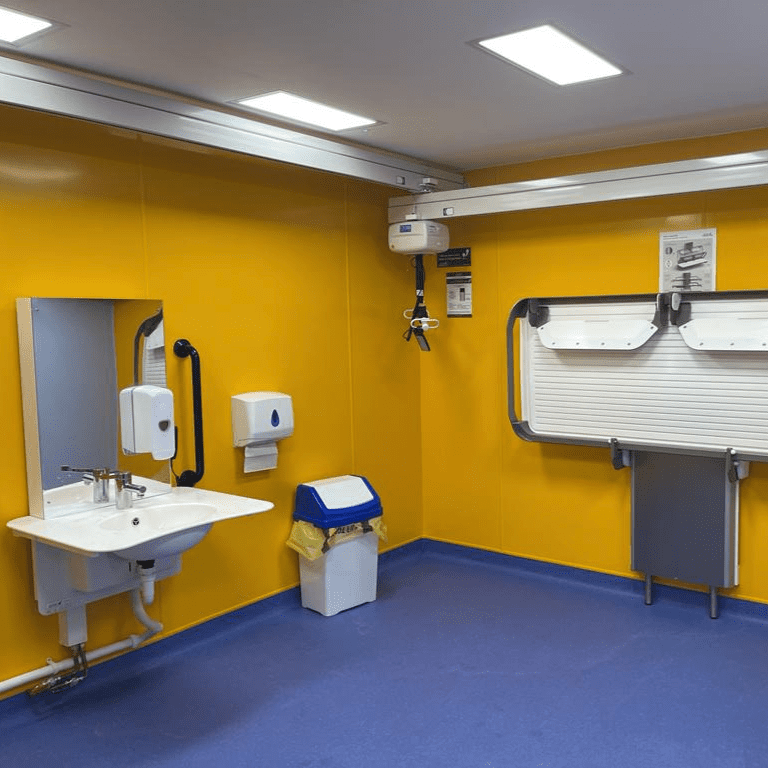
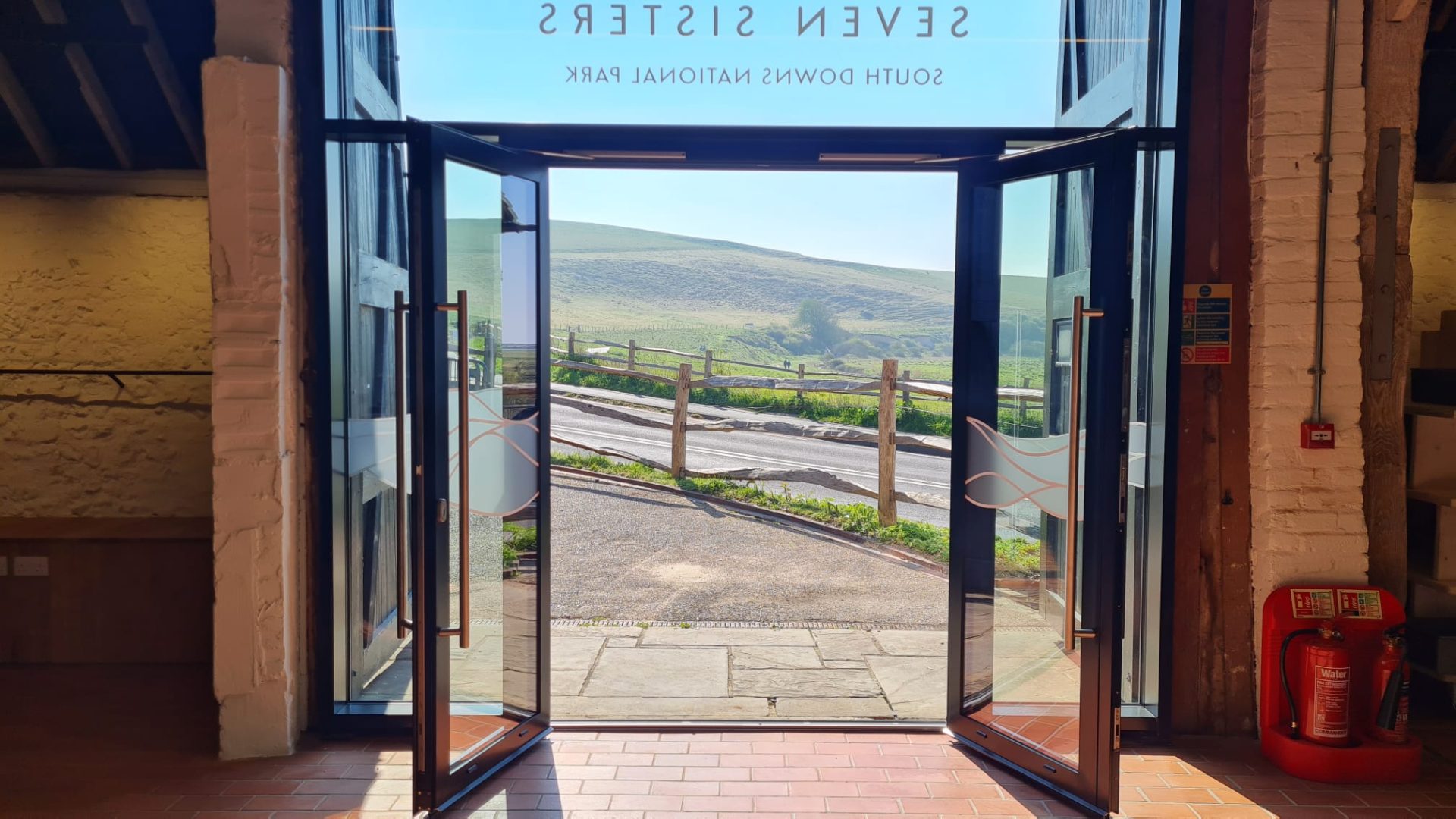
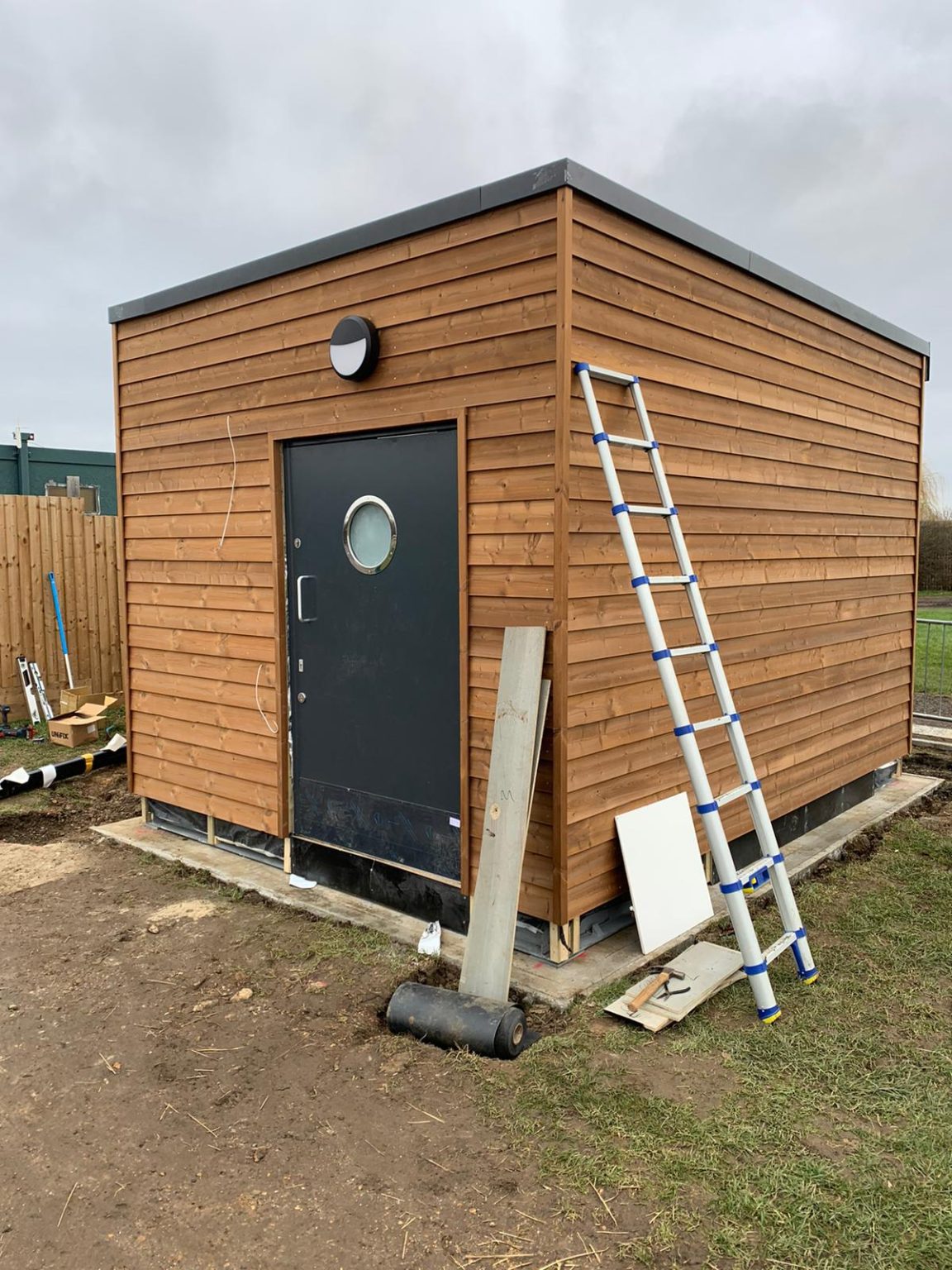
2. LOCATION
Have a view to making your Changing Places toilet as accessible as possible to visitors and the general public. This offers a safe and accessible facility for the local community as well as your customers/visitors.
Try to site your Changing Places Toilet in an area as close to the main facilities as possible.
Space is often at a premium in venues where Changing Places Toilet installations are being planned, and it can sometimes be difficult to find a suitable place internally to locate the facility where there is good access and enough space to allow the 12m2 of area needed.
Modular Changing Places can be a really good solution where internal space is limited but outside space is available.
We work with our experienced partner Healthmatic – who have designed and installed new modular buildings for all tiers of Local Government, tourism departments, environmental groups and transport hubs – to plan, design and deliver modular buildings that include Astor Bannerman’s specialist Changing Places Toilet equipment.
3. LAYOUT
There are detailed requirements for Changing Places Toilets that must be followed to ensure that the toilet can be officially registered as a Changing Places Toilet.
Our Changing Places Toilet Project Managers are experienced in the planning and design of these fully accessible toilets, can give advice at every stage, and are aware of common pitfalls.
We can assist in the planning and design stages by offering:
- Full turnkey solution if required
- One-to-one project support and advice
- Specifications, BIM and CAD files
- Site-specific detailed drawings
- Knowledge of the latest building regulations and recognised standards
- Design troubleshooting
- CPD training for Architects and Contractors
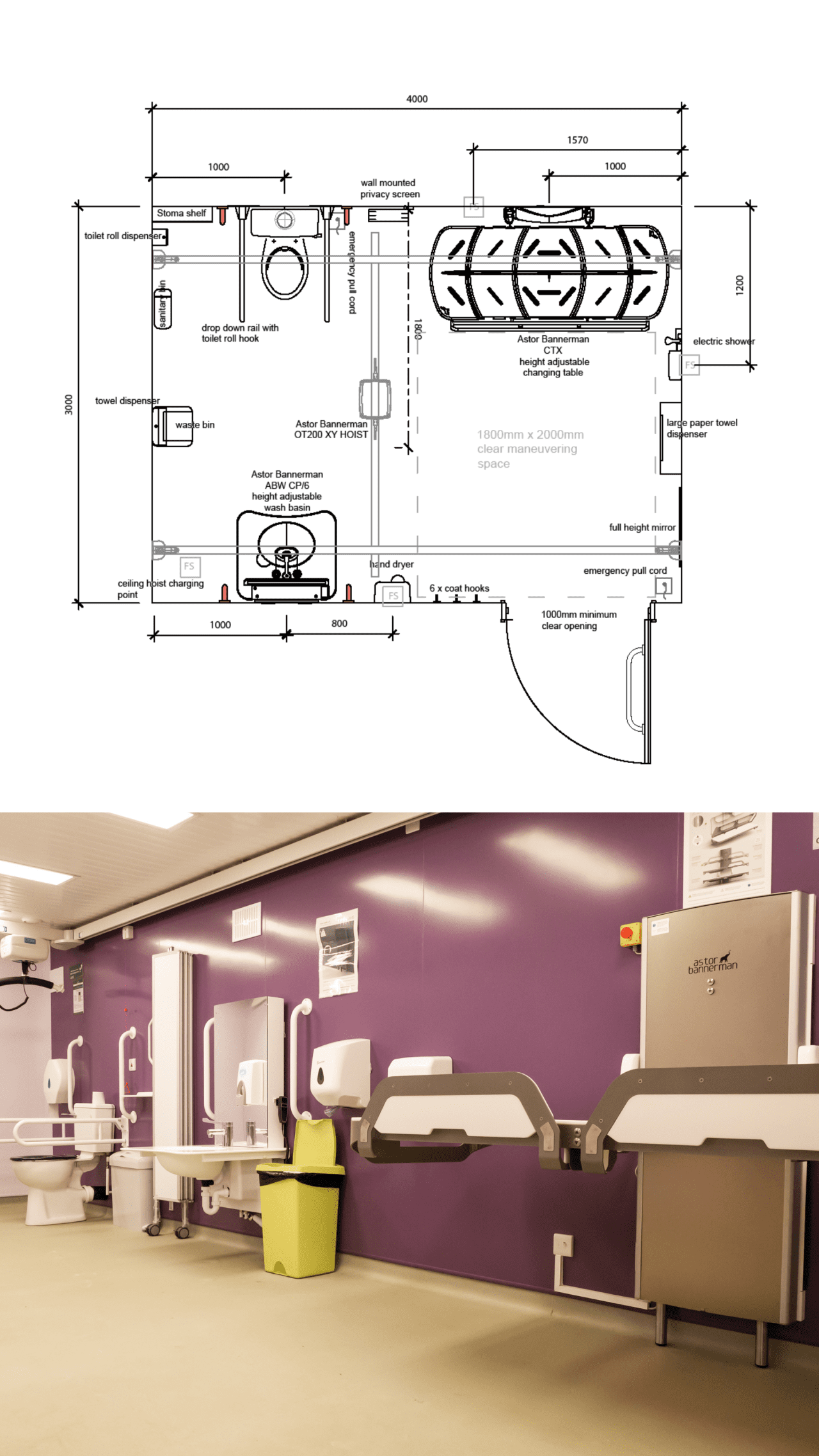
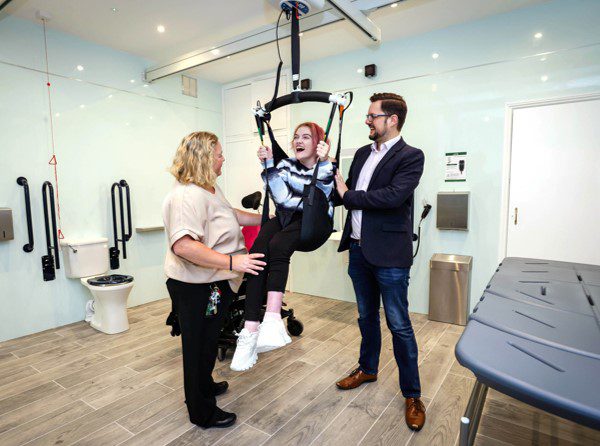
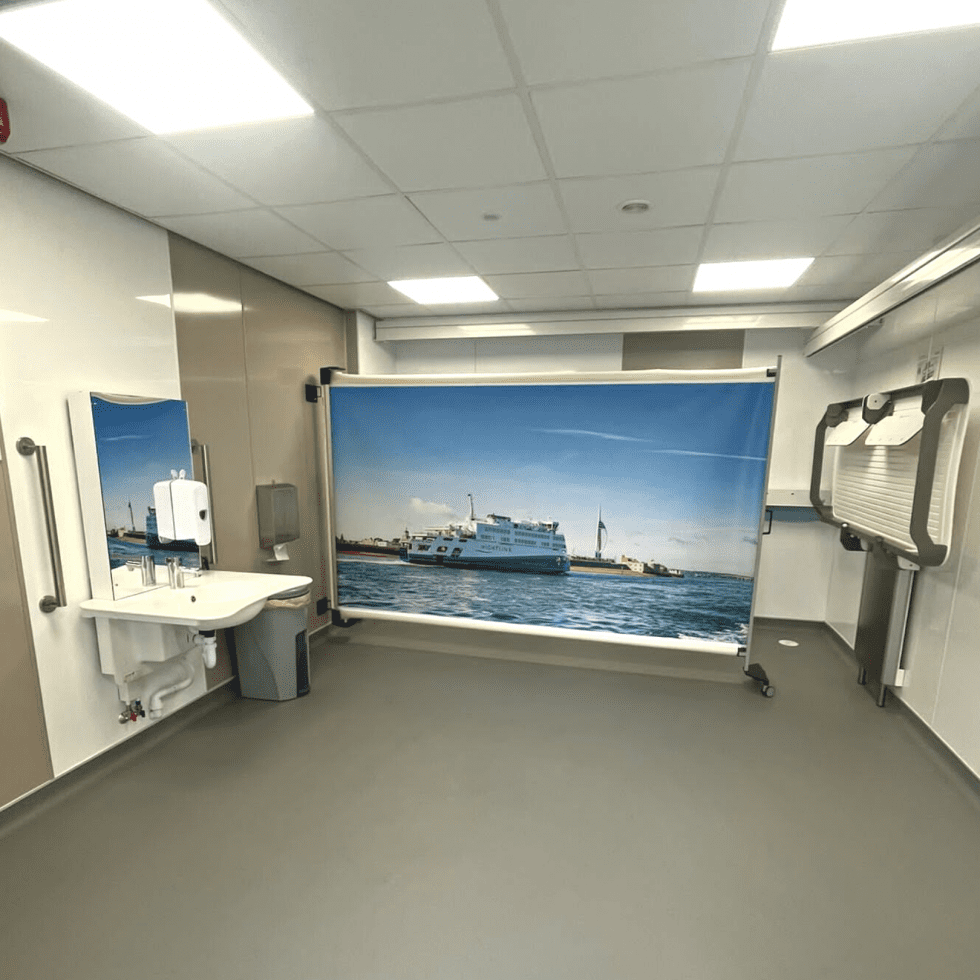
4. EQUIPMENT
Choosing the right products for a Changing places Toilet in retail is a crucial part of the planning and design process, and various factors need to be considered when making the decision.
Astor Bannerman have been designing and manufacturing equipment for disabled people and their families for 30 years, and we have been involved with Changing Places Toilets for over 10 years. With this wealth of experience, we are uniquely placed in the UK to advise on the appropriate equipment for Changing Places Toilet retail projects.
Astor Bannerman’s Changing Places Equipment services:
- Full range of Changing Places Toilet equipment
- Improved lead times & flexibility due to being a UK manufacturer
- Equipment designed specifically for public Changing Places Toilets
- Experienced installers and full project management oversight
Want more information about how we can help with your Changing Places Toilet project?
ABOUT ASTOR BANNERMAN
Astor Bannerman are a UK manufacturer offering the full range of products specified by Changing Places regulations, including fixed and mobile changing tables, hoists, height adjustable washbasins, toilets and accessories. They have over 27 years’ experience of designing and installing equipment for disabled people and their families.

